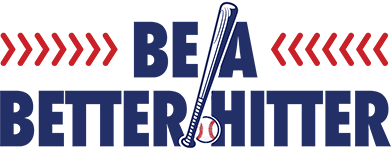The Difference Between the Big League Player and You
Besides the difference in athletic ability and developed talent that Major League Baseball Players possess, often times they are often more physically developed then a typical youth player, college player, and young Minor Leaguer.
When choosing a workout program, I often hear younger players say they want the same program as a Roger Clemens or a Albert Pujols, but the reality that is overlooked is the fact that Roger Clemens is Roger Clemens, Albert Pujols is Albert Pujols, and YOU are YOU! What we need to take from this reality is that what works for them, most of the time will not work for you.
When a Strength and Conditioning Specialist designs a program, there are many factors that need to be considered before the program can be completed. These factors include:
- Players Age
- Training Age or how long you have been involved in a performance program
- Physical Maturity
- Movement Mechanics
- Muscle Imbalances
- Current and Past Injuries
- Other Sports Being Played
- Availability of Time
- Equipment Available
- Game Schedule
In order to provide you with the best individualized program possible, it is imperative that all of these variables are analyzed and taken into consideration upon program development.
In addition, the volume of work that a Big League player is conditioned to handle is far greater than a Little Leaguer or youth ballplayer, who’s body is still in its critical years of physical development. The amount of games that a Big Leaguer plays in comparison to a Little Leaguer also differs greatly. Having a young ballplayer perform a high volume of work could interfere with that athlete’s muscular and physical growth, potentially leading to overuse injuries, and burnout.
When dealing with youth athletes, the key is in developing them. If as Coach’s we rush this process, we are setting our athletes up for a devastating end result.
Progression is the key. Roger Clemens didn’t fly out of the gate performing his high intensity Marine Corps workout, he built up to that. The positive of this workout is the fact that it has a tremendous focus on moving body weight, rather than moving large volumes of external resistance.
That is what young athletes should be doing, moving their body weight in all planes of motion, at all rates of speed, demonstrating control. Once they are able to do this, then, and only then should they be progressed. This is a conservative approach in the eyes of many, but it takes years, not months to develop athletes, pro’s, youth, and college.
Don’t rush the process. Give your body a chance to adapt, and you will be rewarded with greater stability, strength, and efficiency of force transfer/ power gains.
